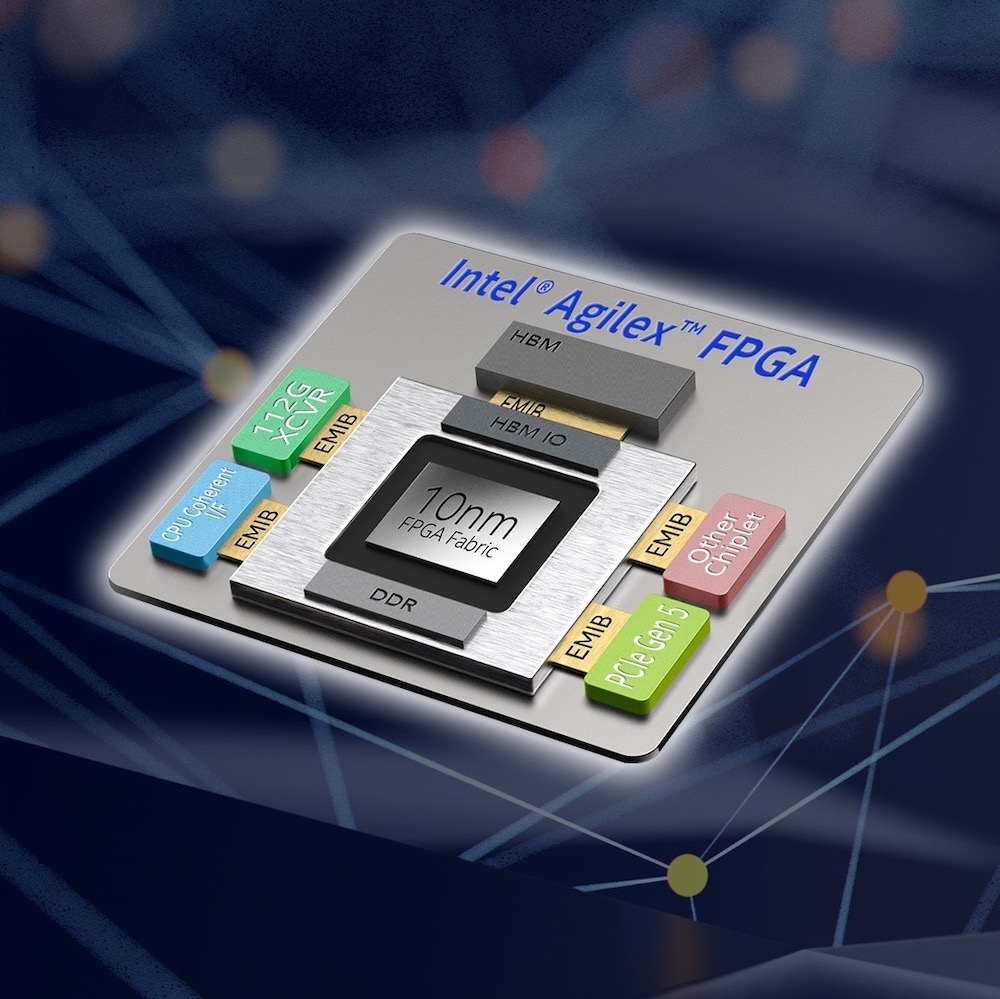|      
_______________________________________________ Why Would Anyone Hack a Fish Tank? Sponsored by Maxim Integrated Even fish tanks can be hacked if they're connected to the internet—and can provide an entryway into the larger network. Because IoT devices are attractive targets, protecting them from security threats makes good business sense…and it's easy and cost-effective to do. Read this blog post to learn how SHA-3 and physically unclonable function (PUF) technology can defend your embedded designs against counterfeiting, unauthorized use, and more. Click here to download white paper now _______________________________________________ Automated Rule Checking Webinar Sponsored by Mentor Graphics Even with careful planning and simulation, the best designs can have SI, PI, or EMI related issues. Learn how PADS Professional's E-DRCS identify the complex electrical rule violations that affect design integrity and performance issues that manual inspection and PCB layout tool DRCs cannot catch. Learn more in our upcoming webinar. Click here to register! _______________________________________________ 
Molex Antennas: Transforming the IIot Landscape Sponsored by Molex and Mouser Electronics RF and antenna design for IoT devices can be a major challenge. Fortunately, Molex has some great turnkey solutions to fit a wide variety of design constraints and project needs. In this episode of Chalk Talk, Amelia Dalton chats with Matt McWhinney from Molex about the RF and antenna options for IoT designs, and how to choose the right combination for your design project. Click herefor more information about Molex Standalone Antennas.  For IoT designs requiring short-range connectivity, low cost, low power, and versatile operation, near-field communication (NFC) technology can be an ideal solution. With NFC, you can connect just about any device to anything at very low cost, and with zero power on one end of the connection. In this episode of Chalk Talk, Amelia … Read More → "Unveiling NFC’s Full Potential — NXP and Mouser Electronics"  Choosing the right capacitor for your design can be a daunting undertaking. With so many options on the market – from film to ceramic to electrolytic, it's easy to get lost in a maze of datasheets and specifications. In this episode of Chalk Talk, Amelia Dalton chats with Nick Stephen of KEMET about … Read More → "Aluminum Electrolytic Capacitors — KEMET and Mouser Electronics"  Designing antennas can be a challenge for most engineers. With the explosion of active technologies such as MIMO and beamforming, the art of antenna design has become increasingly complex. In this episode of Chalk Talk, Amelia Dalton chats with Kenneth Schott from AVX about choosing and tuning high-performance antenna designs for your next … Read More → "AVX Antennas — Mouser Electronics and AVX"  If you're designing systems where reliability and long life in challenging environments is important – industrial automation, robotics, automotive cluster, infotainment, and telematics – you may want to consider going beyond silicon. Fully-depleted silicon, or FDSOI offers significant benefits for these types of applications. In this episode of Chalk Talk, Amelia Dalton chats with … Read More → "The Technology Behind i.MX Applications Processors — NXP and Mouser Electronics"  Putting together an IoT design can be an exercise in confusion. There are countless moving parts in different domains – mobile and cloud apps, connectivity, hardware development… the list goes on and on. In this episode of Chalk Talk, Amelia Dalton chats with Jay Canteenwala of NXP about the NXP Rapid IoT Prototyping … Read More → "Rapid IoT Prototyping Kit — NXP and Mouser Electronics"  The RF section of 5G system brings a host of engineering challenges. When we are designing for 5G, we need to step up our game, and that means taking advantage of the latest high-performance, wide-bandgap materials like Gallium Nitride. In this episode of Chalk Talk, Amelia Dalton chats with Bror Peterson of Qorvo about … Read More → "5G mmWave Front-End Technology — Qorvo and Mouser Electronics" 
| | | Inside Intel Agilex FPGAs | | @Beercandyman - I have to agree. They need a fast compile-load-and-go solution that hits 80% of best case SPEED in not more than 150% AREA, using functional tiles with easy partial reconfiguration of modules. Better speed and area optimization is something to do after you have a working solution. posted by TotallyLost on Apr 11 at 5:36pm | | |
| | | Inside Intel Agilex FPGAs | | I don't really see anything new except better marketing from Intel. It will still take hours to compile a design. They have done nothing about their randomized routing that messes up partial reconfiguration. They offer no tools to generate a bitstream in minutes (a totally doable task). Henry Ford once ... posted by Beercandyman on Apr 11 at 11:20am | | |
| | | The Debug Time Machine | | I am feeling a bit of déjà vu. It is almost like I have been travelling in a time machine... This is great technology that addresses a real need. However, isn't it exactly what Green Hills have been doing for many years? I feel that a wheel has been ... posted by colin_walls on Apr 11 at 1:46am | | |
| | | LoRa Ups Security | | What do you think of the boosted security provided by LoRa, Microchip, and TTI? posted by Bryon Moyer on Apr 8 at 8:55am | | |
| | 




没有评论:
发表评论